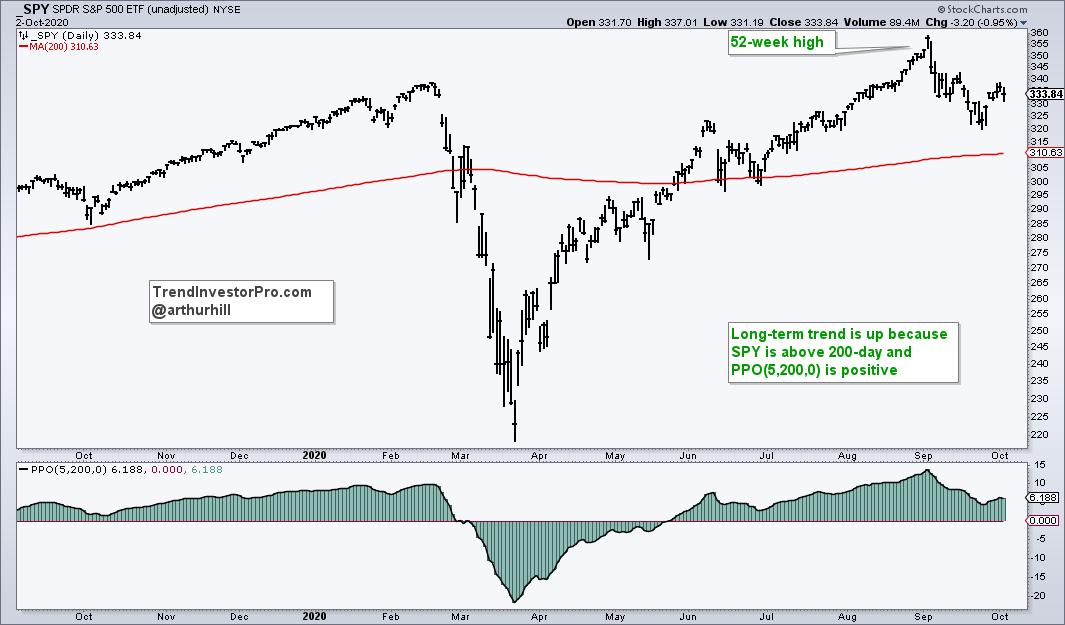SPY stock is an ETF that tracks the Standard & Poor’s 500 index and one of the world’s oldest and largest ETFs; its expense ratio slightly surpasses that of rival VOO ETF.
Like other stocks, it trades on the NYSE Arca exchange and can be purchased through a brokerage account. Like any market index, its composition is heavily weighted towards larger-cap stocks with the greatest market caps.
It tracks the S&P 500
The SPDR S&P 500 ETF Trust (SPY) is a popular investment choice among investors due to its tracking of the S&P 500 index, one of the world’s most widely followed stock market indices. Like other ETFs and mutual funds, SPY allows access to global stock market at relatively low costs – though its expense ratio may be higher than similar funds that track this index. Therefore, investors should be wary when making any purchase decisions with SPY.
Investors should also be mindful that SPY is not a completely diversified investment option. The ETF invests solely in large-cap US stocks, with managers attempting to replicate the S&P 500 index by purchasing and selling stocks accordingly.
At first glance, SPY may appear like the ideal stock. Before investing in any new stocks or funds, take time to assess your financial status and consider which investments would suit you best. Be sure to have emergency savings set aside and pay off high-interest debt first before considering investing. Create a list of goals and priorities which can help determine which kinds of investments might suit you best; additionally search for brokerages offering fractional shares so that you can begin trading SPY with only small amounts of money.
It’s an ETF
Though the Dow gets all of the headlines, the S&P 500 provides a more accurate reflection of American business. Comprised of public company stocks with larger market caps than its rival, SPY is often considered an essential holding among investors and is currently one of the fastest-growing ETFs available today.
An ETF (Exchange-Traded Fund) is an exchange-traded fund that invests in stocks or bonds. Most ETFs follow an index, while others specialize in specific sectors (like technology or energy), or offer more unique approaches such as “inverse ETFs” that rise when markets decline or commodities like gold and silver.
James Ross was still relatively new at State Street when his boss called an unexpected meeting to discuss the formation of SPY ETF. Alongside Douglas Holmes, an equity portfolio manager, and Glenn Francis, vice president of funds administration. Together they worked closely with regulators including AMEX in creating this ETF from concept.
SPY is an economical investment option designed to diversify your portfolio without incurring active manager fees, yet not everyone finds it the ideal way forward. Your risk tolerance and investment goals may dictate whether SPY or another more diversified fund is more suitable. In order to get started investing with SPY, a brokerage account will be necessary – NerdWallet rates online brokers and robo-advisors based on 15 factors including account fees/minimums/investment choices/customer support capabilities/mobile app compatibility etc.
It’s a mutual fund
State Street Global Advisors first unveiled the SPY ETF in 1993 and it quickly became one of the world’s most popular US-listed exchange-traded funds (ETF). Offering low expenses, diversification, and convenience for investors alike, investors can access this fund through brokerage accounts to buy or sell shares of it.
The fund tracks the Standard & Poor’s 500 index, a widely followed measure of US stock markets. Its holdings include some of the nation’s leading companies like Microsoft (MSFT), Apple (AAPL), and Alphabet (GOOGL).
Many investors use ETFs such as SPY as core holdings in their portfolios. You can purchase it through your broker’s trading platform or website; however, not every ETF may suit all investors; when selecting one it is important to take your personal goals and risk tolerance into consideration when choosing an ETF.
The SPY ETF provides investors with exposure to the US market by following the 500 largest public companies, helping reduce market risk while its low expenses make it cost-effective compared to other index funds. Furthermore, its capital gains tax-avoidance features enable investors to pay lower tax bills. Furthermore, its high liquidity makes the SPY ETF an excellent choice for long-term investing.
It’s a robo-advisor
Robo-advisors can be an excellent option for investors who need help investing their funds but lack either the expertise or time to manage it themselves. With low fees and minimums and regular feedback about whether you’re meeting your goals, they may prove especially attractive to younger, tech-forward investors.
Robo-advisors use modern portfolio theory and other research-driven methodologies to craft investor portfolios, while rebalancing according to your investment goals and risk tolerance. Furthermore, unlike traditional advisors who take commission from funds they recommend, these robo-advisors do not charge commission on them either.
However, some robo-advisors make money through charging a management fee or offering commission-free trading. They may also earn from lending available funds overnight interbank market as well as receiving rebates from liquidity providers for their order flow.
Fees charged by robo-advisors may come in the form of either a fixed monthly amount or percentage of assets managed. Fixed monthly fees can start from as little as $1 while percentage fees typically range from 0.15-5.0%.
Some robo-advisors also offer tax loss harvesting features to lower capital gains taxes, however this only works if your account is tax-payable and you do not purchase substantially identical securities within 30 days after selling one through your robo-advisor.












Leave a Reply